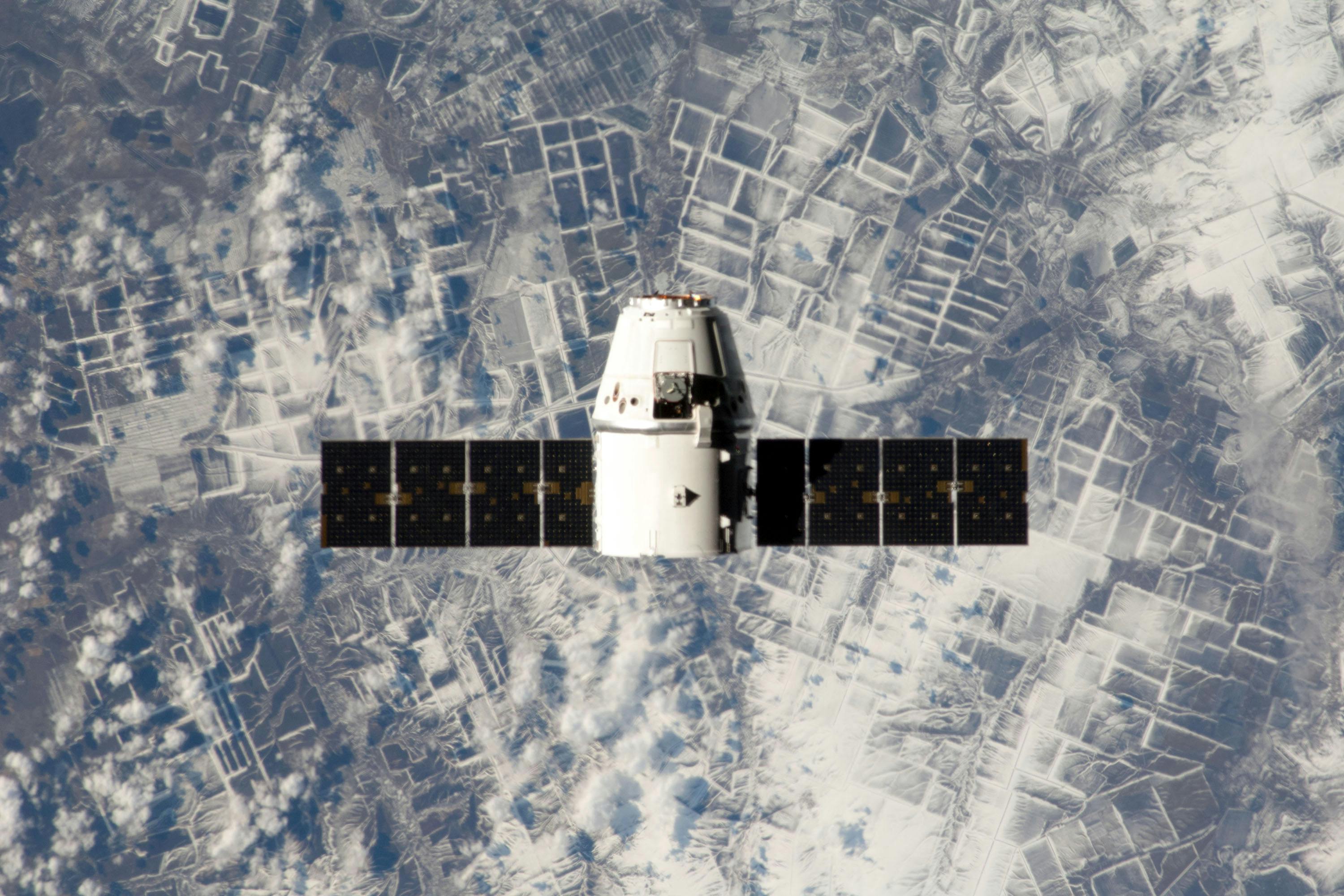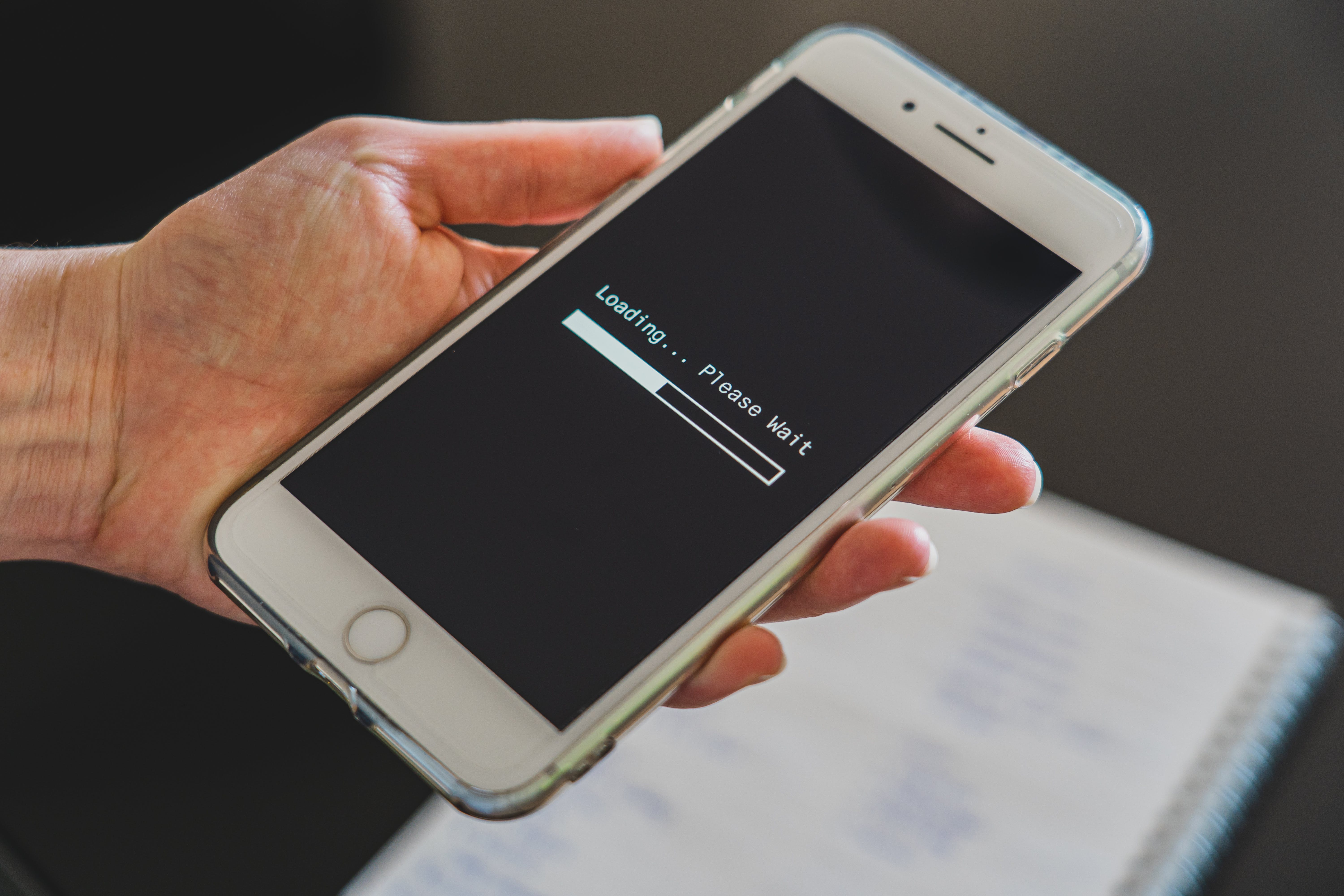SpaceX is trying to increase the capacity of its ultrafast broadband via LEO (Low Earth Orbit) constellation of satellites by seeking approval from Ofcom to get a variation on its existing gateway. They plan to do this by increasing the number of gateway antennas at multipe UK sites and by adopting additional bands.
Starlink LEO Satellites
At the moment, Starlink have a network of 5,289 LEO satellites. They orbit the Earth at an altitude of around 500km.
SpaceX Starlink has approval to expand this number to approximately 7,500 satellites by the end of 2027.
What is the Cost of Starlink Satellite Broadband?
For UK customers, costs start at £75 per month. There is an additional cost for the £449 regular home kit which includes a standard dish, router and relevant kit. There is also a shipping fee of £20 on the Standard package.
By the end of last year, Starlink had a global network of 2.3 million customers (now at 2.6m). 42,000 of those customers were based in the UK (which is up from 13,000 in 2022). Most of these UK customers are based in rural areas.
Starlink Broadband Speed
The Standard Starlink broadband package promises download speeds of between 25 and 100 Mbps and upload speeds of 5-10 Mbps. It also offers latency times of 25-50 ms.
What licenses do SpaceX currently hold for Starlink Satellite Broadband?
SpaceX Starlink currently holds multiple NGSO (Non-Geostationary Earth Station) gateway licenses to operate the network. These NGSO gateway licenses help to connect their NGSO system to the internet via large dishes on the ground.
SpaceX is asking to update 4 of these in order to help boost capacity and meet the growing demand for its broadband services. This follows their recent upgrade to their latest Gen 2 satellites.
In specific terms, SpaceX want Ofcom to give them permission to increase the number of antennas at 4 of their 7 sites:
- Fawley
- Isle of Man
- Wherstead
- Woodwalton
Currently, these 4 gateway sites are allowed to operate up to a 9 Ka-band parabolic antennas. These are used to operate their service to UK customers and those in adjacent countries.
The request for approval to Ofcom from SpaceX includes:
- An extra 24 antennas at Fawley, Wherestead and Woodwalton. This would bring the total to 32 antennas for these sites.
- These new antennas are planned to operate in bands 27.5-28.0525 GHz, 28.4445-29.0605 GHz, 29.4525-30GHz.
- An extra 32 antennas at the site on the Isle of Man. This would bring the total to 40 for this site. SpaceX already have access to the frequencies they want to operate at for this site (27.5-30GHz).
The regulator’s consultation is open for responses until the 31st May 2024. They state that their initial assessment is that the requested variation from SpaceX should not:
- Affect other licensed NGSO services
- Future NGSO services
- GSO services
- Fixed links operating in the same user frequencies
Over in the US, SpaceX Starlink already have authorisation from the FCC for their Gen 1 constellation for 4,408 satellites and their Gen 2 constellation for 7,500.
What are Starlink’s competitors upto?
Inmarsat (Viasat), another satellite operator, has also applied for an NGSO Earth Station Network License for its new GX-10 non-geostationary orbiting satellite system.
Inmarsat also plan to extend the coverage of their existing Global Xpress satellite system over the polar region. This will provide communication services to government, defence, aero and maritime commercial customers.
Whilst their primary focus for their service area is latitudes above 65N, their satellites will also provide intermittent service over parts of the UK.
Their service will use the Ka-band frequencies 19.7 – 20.2GHz and 29.5 – 30GHz, and whilst Ofcom are consulting on this until the 31st May, they have provisionally approved the request.
Starlink Satellite Broadband Hire for Events from Geekabit
Did you know about Geekabit’s new service? We can provide your event – Indoor or outdoor – with Starlink satellite broadband hire, even in rural areas.
If your event is being held in London, Hampshire, Sussex, Dorset or Wiltshire and you’re interested in reliable event internet then get in touch with our Wi-Fi experts today.












